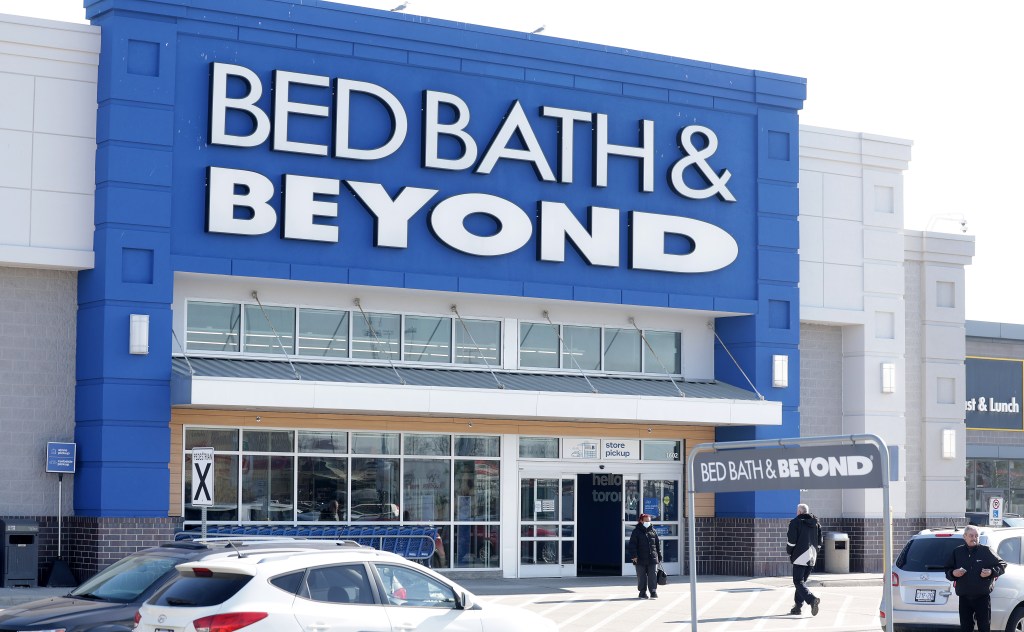Home goods retailer Bed Bath & Beyond filed for chapter 11 bankruptcy and is preparing to close its remaining stores, the company announced Sunday, after months of speculation the suffering chain would make the financial move.

Key Facts
In a statement, Bed Bath & Beyond said it filed chapter 11 bankruptcy in New Jersey, and has begun a “limited sale and marketing process for some or all of its assets.”
The brand expects to close its 360 Bed Bath & Beyond and 120 buybuy BABY stores, though the company said it could “pivot away from any store closings” if it finds a buyer.
Bed Bath & Beyond received $240 million from Sixth Street Specialty Lending, Inc. in funding to keep its retail locations and websites operating during the bankruptcy process.
In a message sent to customers, Bed Bath & Beyond said it will stop accepting coupons on Wednesday, and it will process returns until May 24 and accept gift cards until May 8.
Earlier this month, shares of Bed Bath & Beyond’s stock fell to a record low of 31 cents, when the company said in a Securities and Exchange filing the retail giant could be “unable to avoid bankruptcy” if a proposal to implement a reverse split stock was not approved.
Big Number
More than 1,500. That’s how many retail stores the chain once operated.
Key Background
Bed Bath & Beyond first started in 1971, and it eventually went public in 1992. Shares of the brand reached an all-time high of $79.32 in 2013. But like other brick-and-mortar retailers, it was plagued with layoffs and financial woes in the following years. In 2019, the company reported its first annual sales decline, according to the Wall Street Journal. In an interview with the Journal, co-founder Warren Eisenberg admitted the brand was slow to adapt to e-commerce and online shopping, saying it “missed the boat on the internet.” The retailer tried to revitalize its business by boosting online sales and rolling out private-label brands, but those efforts ultimately didn’t save the company, and Mark Tritton—the former CEO who introduced that turnaround plan—left the company last year. In January, the Journal reported the company was preparing to file for chapter 11 in the coming weeks. That same month, the brand defaulted on its debt, and it warned it did not have enough money to pay back some of what it owed. Though the company planned to cut costs and reduce store operations, it acknowledged those measures “may not be successful.” In March, Bed Bath & Beyond announced plans to offer and sell up to $300 million in stock in a last-ditch effort to avoid bankruptcy.
Tangent
Bed Bath & Beyond has announced hundreds of store closures in recent months, part of a bid to keep the business alive by shuttering lower-performing locations. Some 1,300 employees were also laid off earlier this month, following a reduction of 20% of its workforce in August. The company employed about 32,000 people as of February 2022, including 26,000 store employees.
This story was first published on forbes.com and all figures are in USD.
Forbes Australia issue no.4 is out now. Tap here to secure your copy or become a member here.
Look back on the week that was with hand-picked articles from Australia and around the world. Sign up to the Forbes Australia newsletter here.


